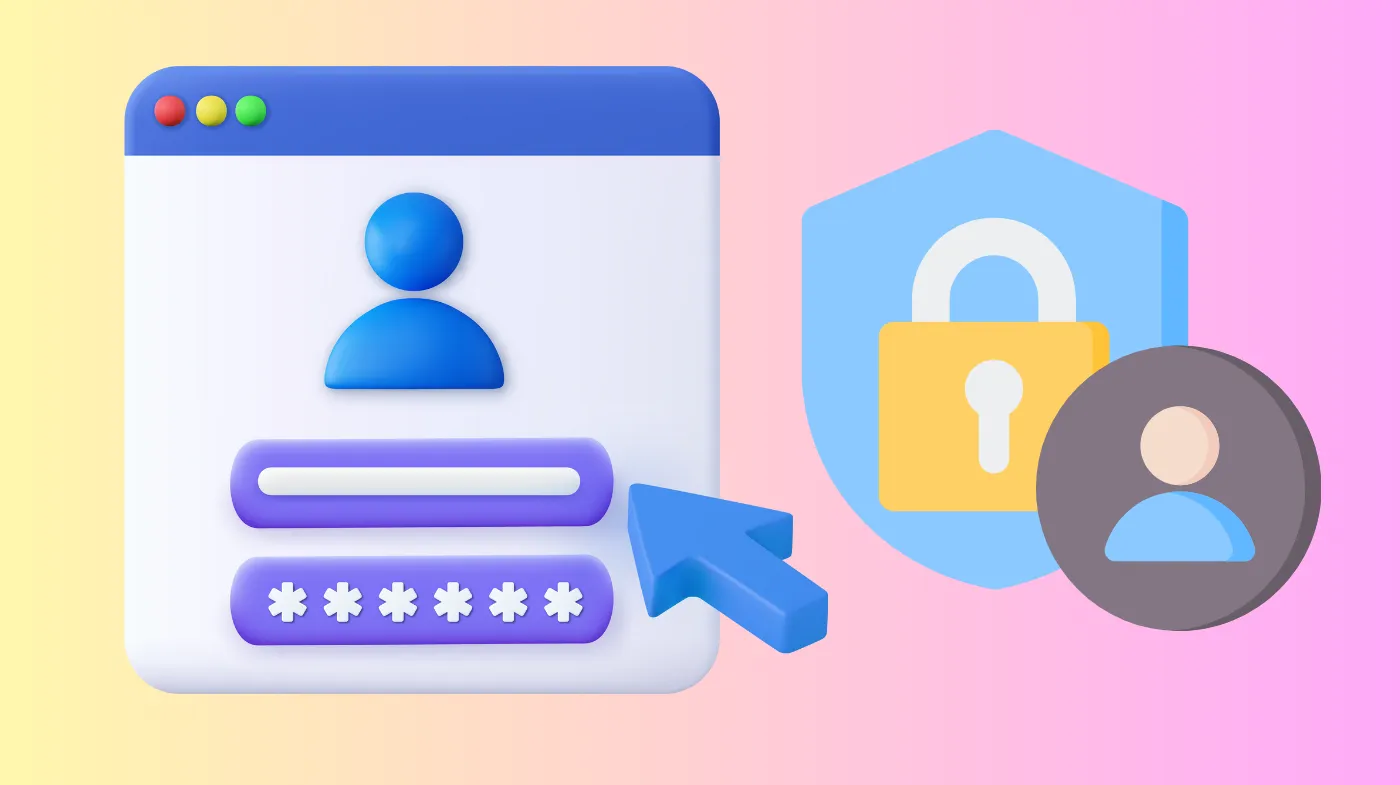
Your digital identity starts with a single decision creating the right user ID. In our interconnected world, this seemingly simple choice impacts everything from personal security to professional reputation.
Most people rush through user ID creation, unknowingly exposing themselves to identity theft, account breaches, and privacy violations. This comprehensive guide reveals the strategic approach that security experts use to create bulletproof digital identities.
You’ll discover the three-layer security framework that transforms basic usernames into fortress-like protection. Learn how to balance memorability with invisibility, ensuring your IDs are unforgettable to you but unguessable to cybercriminals.
Master the platform-specific strategies that prevent common mistakes costing users thousands annually. From advanced authentication integration to privacy protection protocols, you’ll unlock the insider techniques that keep your digital life secure while maintaining seamless access across all platforms.
Planning Your User ID Strategy
Strategic planning prevents future complications and ensures consistency across your digital presence. Before creating any user ID, consider your long-term needs, security requirements, and the specific purpose of each account.
Assessing Your Needs
Identify the purpose and security level required for each account type. Professional accounts for work or business require different considerations than personal social media profiles. Financial and healthcare platforms demand the highest security standards.
Consider frequency of use and access requirements. Accounts you’ll access daily need highly memorable IDs, while backup or emergency accounts can prioritize security over convenience.
Creating a Consistent Naming Convention
Establish a personal naming system that allows for variations while maintaining recognizability. This might involve using consistent prefixes, suffixes, or number sequences that help you remember IDs without making them predictable to others.
Document your conventions securely using password managers or encrypted notes. This prevents conflicts and helps maintain consistency when creating new accounts months or years apart.
Security vs. Memorability Balance
Strike the right balance between creating IDs that are easy for you to remember but difficult for others to guess. Avoid dictionary words, personal information, and predictable patterns while ensuring you can recall your IDs when needed.
Consider using meaningful but obscure combinations such as abbreviated phrases, fictional character names, or combinations of unrelated concepts that have personal significance but aren’t publicly associated with you.
Step-by-Step User ID Creation Process
Follow a systematic approach to create secure and effective user IDs every time. This proven process ensures you consider all important factors while avoiding common mistakes that could compromise your security or cause future access problems.
Research Platform Requirements
Thoroughly review the specific requirements of each platform before attempting to create your user ID. Check character limits, allowed special characters, case sensitivity, and any prohibited words or formats that might affect your choices.
Test availability early in the process to avoid disappointment. Many desirable IDs are already taken, so having backup options ready prevents delays and frustration during account creation.
Generate and Test Options
Create multiple viable options before settling on your final choice. Generate several variations using your established naming convention, then test each against the platform’s requirements and availability.
Consider future scalability when making your selection. Choose IDs that can be adapted or modified if you need to create additional related accounts or if your original choice becomes unavailable.
Verification and Documentation
Verify your chosen ID meets all requirements and functions correctly across different aspects of the platform. Test login procedures, password reset functions, and any other features that depend on your user ID.
Securely document your new ID along with associated account information. Use a reputable password manager or encrypted storage solution to maintain records of all your digital identities. Many services now require you to share your Email Address as your primary identifier, combining convenience with built-in verification capabilities.
Implementation Best Practices
Follow platform-specific best practices during the account creation process. Some services offer additional security features during initial setup that become harder to implement later.
Enable all appropriate security features immediately after creating your account. Two-factor authentication, security questions, and recovery options should be configured while account details are fresh in your memory.
Common Mistakes to Avoid

Learn from common user ID creation errors to avoid security vulnerabilities and access problems. Understanding these pitfalls helps you make better decisions and create more secure digital identities from the start.
Recognize warning signs of potentially problematic user ID choices before committing to them. Prevention is always easier than correction when dealing with digital identity issues.
Personal Information Exposure
Never use easily discoverable personal information in your user IDs. Full names, birthdates, addresses, phone numbers, and social security numbers create security vulnerabilities and privacy risks that persist throughout the account’s lifetime.
Avoid predictable patterns based on personal information that friends, family, or acquaintances might guess. Even seemingly clever combinations of personal details can be vulnerable to social engineering attacks.
Weak Security Practices
Don’t rely solely on user ID obscurity for account security. While a difficult-to-guess user ID provides some protection, it must be combined with strong passwords and other security measures for effective protection.
Avoid reusing identical user IDs across multiple sensitive platforms. While consistency has benefits, identical IDs across banking, healthcare, and other critical services create unnecessary risk concentration.
Platform-Specific Errors
Understand each platform’s unique characteristics and potential security implications. Some platforms display user IDs publicly, while others keep them private, affecting your privacy and security considerations.
Research platform reputation and security practices before creating accounts. Some services have poor security track records or data handling practices that might influence your user ID strategy.
Long-term Maintenance Issues
Plan for account lifecycle management from the beginning. Consider how you’ll handle account closure, data export, and identity transfer if platforms change ownership or policies. When platforms offer options to generate strong password requirements, take advantage of these features to create layered security approaches.
Maintain accurate contact information for account recovery purposes. Outdated recovery emails or phone numbers can permanently lock you out of accounts, regardless of how well you remember your user ID.
In some cases, you might need to implement additional security measures such as using a strong PIN generator to randomly create backup access codes that work alongside your primary user ID for enhanced account protection.
Frequently Asked Questions
How long should a user ID be for optimal security?
Optimal user ID length varies by platform, but generally ranges from 8-16 characters. Longer IDs provide more security through increased complexity, but they must remain memorable for practical use.
Balance security needs with usability requirements, ensuring your ID is long enough to resist guessing attacks while remaining easy to type and remember.
Can I change my user ID after creating an account?
User ID modification policies vary significantly across platforms. Some services allow unlimited changes, others permit changes with restrictions, and many prohibit modifications entirely.
Check platform policies before creating your account, and choose your ID carefully if changes aren’t permitted. Document any change procedures for future reference.
Building Your Secure Digital Future
Creating effective user IDs represents just the beginning of your comprehensive digital security strategy. Strong user identification practices form the foundation upon which all other security measures build, from password management to multi-factor authentication systems.
By following the systematic approaches outlined in this guide, you’ve equipped yourself with the knowledge needed to create secure, memorable, and functional digital identities. Your digital security evolves continuously as new platforms emerge and existing services update their requirements.
Regular review and updating of your user ID strategy ensures continued protection against emerging threats while maintaining convenient access to your accounts. Remember that the time invested in proper user ID creation pays dividends through enhanced security, reduced access problems, and better overall digital experience throughout your online journey.
